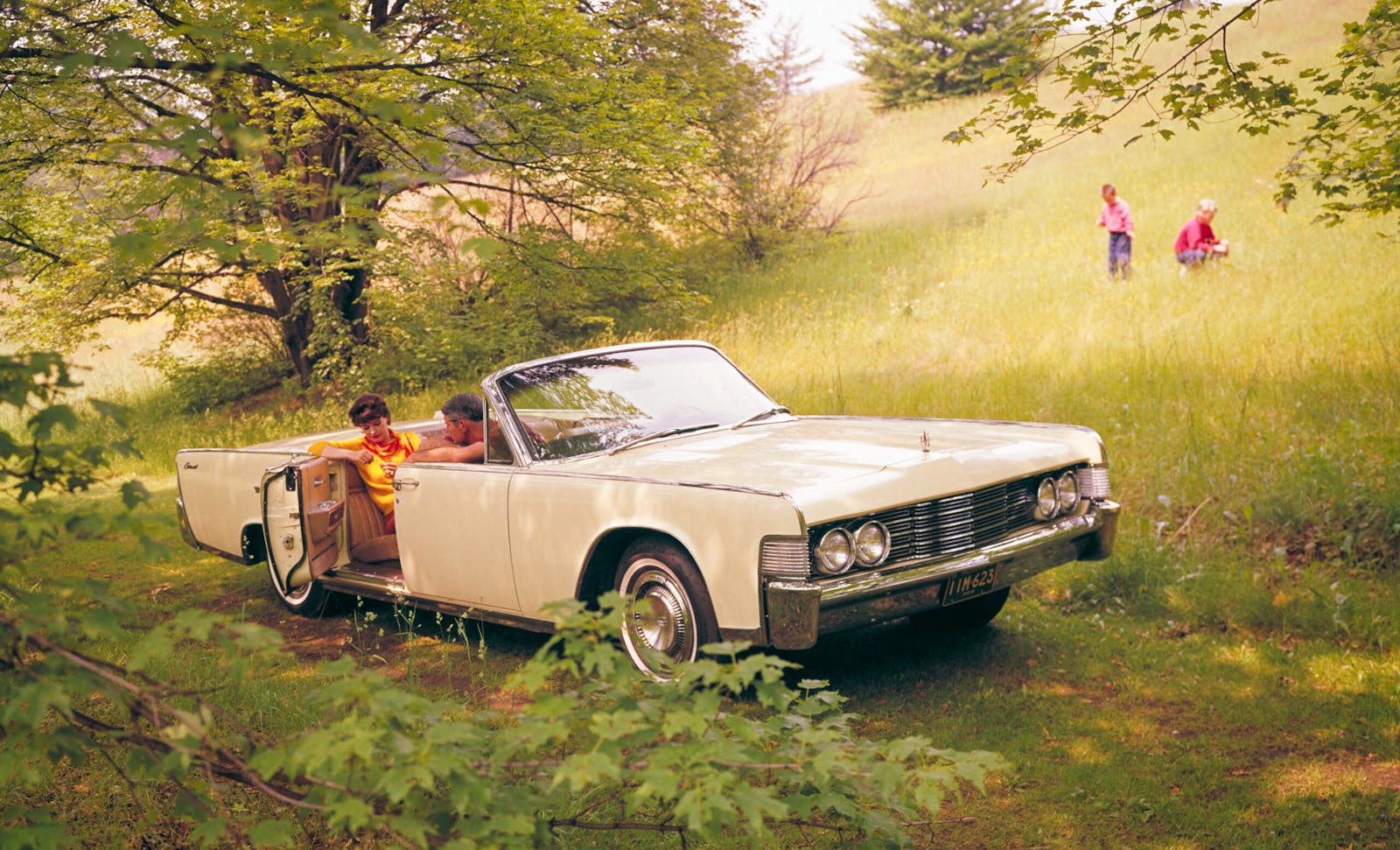Media | Articles
Four key takeaways from the 2016 Amelia Island Auctions
The North American collector car auction schedule is heavily front-loaded. Just three months into the calendar year, two out of the three major collector car auction events (Scottsdale and Amelia Island) have already taken place. And while there are some significant events in the near-term, like Mecum’s big Indy sale in May, it won’t be until Pebble Beach, five months from now, that the global collector car market will again gather in one spot in the U.S. Here are four of the key takeaways from Amelia Island 2016:
- Things are looking up from January: In late January of this year, the global equities market was suffering from one of its worst routs in recent memory. There was widespread fear that the Chinese economy was going to do a face-plant and a freefall in commodity prices was supposed to be the leading indicator. At around 15,800, the Dow was in correction territory and it looked as though the collector car market would follow. Two months has made a big difference. The stock market is trending up and Amelia totals, unlike Scottsdale’s in 2016, were up significantly year-over-year, ($132 million vs. $112 million), reflective of less fear and pessimism in the marketplace and perhaps of the trend reported in Take Away No. 2 below.
- Shift in quality from Scottsdale to Amelia continues: The old hierarchy in the North American collector car market saw Pebble Beach firmly in the No. 1 spot in terms of quality. A catalog sale in Monterey has generally been the place of first resort to dispose of a high seven- or eight-figure collector car. Scottsdale was always second and Amelia, until very recently, a distant third. We might be witnessing a paradigm shift here, with Amelia taking over the No. 2 spot. There was a dearth of quality cars in Scottsdale this year with no car selling in excess of $10 million, and this shortage of great stuff fed into the market pessimism of January. Many consigners (including Jerry Seinfeld) opted to wait for Amelia to sell. As a result, we saw cars like a 1961 Ferrari 250 GT California Spider ($17.16 million at Gooding), a Bugatti Type 57 SC ($9.7 million at Bonhams) and Seinfeld’s Porsche collection (at Gooding) that in years past might have gone to Scottsdale or even Pebble Beach.
- The market will pay up for quality at any price point: One of the stronger results of the weekend was RM’s sale of the 1962 Ferrari 400 Superamerica LWB Coupe Aerodynamico. Estimated to bring between $2.7 million and $3.3 million, it sold for $4.4 million. Not tough to understand; it was a rare and beautiful coachbuilt Ferrari and the car had undergone a concours-quality restoration in 2012 by a noted marque specialist. Since nobody ever carps about overpaying for a great car, this was probably a case of a happy buyer and a happy seller. On the other end of the price spectrum, Bonhams sold a gorgeous 1994 Porsche 928 GTS with 24,000 miles for $142,000. The price paid was likely double the previous high auction sale for the model. Same thing, different price point.
- Mediocrity and repeatable deals suffer: This is the converse of Take Away No. 3. The market of Q1 2016 resembles that of 2009-2010 in one aspect—you bring a mediocre car to a catalog sale at your own peril. And I speak from personal experience here, having sold a simply “OK” 1967 Maserati Mistral at Pebble Beach in 2009 for a significant loss. Case in point here was a 1972 Ferrari 365 GTB/4 “Daytona.” It was offered at RM with no reserve and a pre-sale estimate of $750,000-$825,000, a typical range for a Daytona in 2015. Daytona coupes aren’t particularly rare, and there was nothing unrepeatable here. This one, while indeed “presentable” as described by the auction catalog, got a resounding “meh” from the room and hammered for a genuinely disappointing $605,000 with commission. Lesson learned.
Marketplace
Buy and sell classics with confidence


